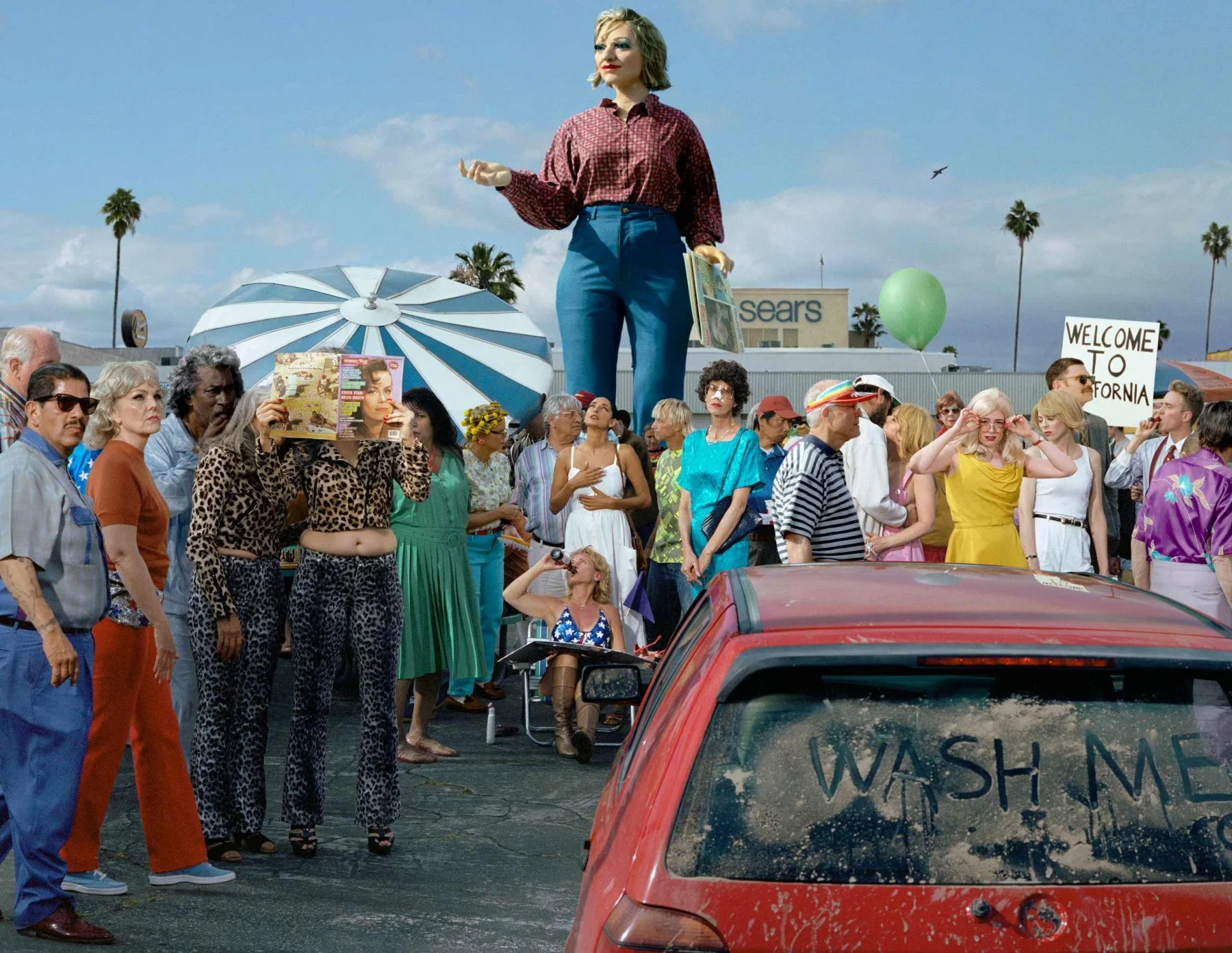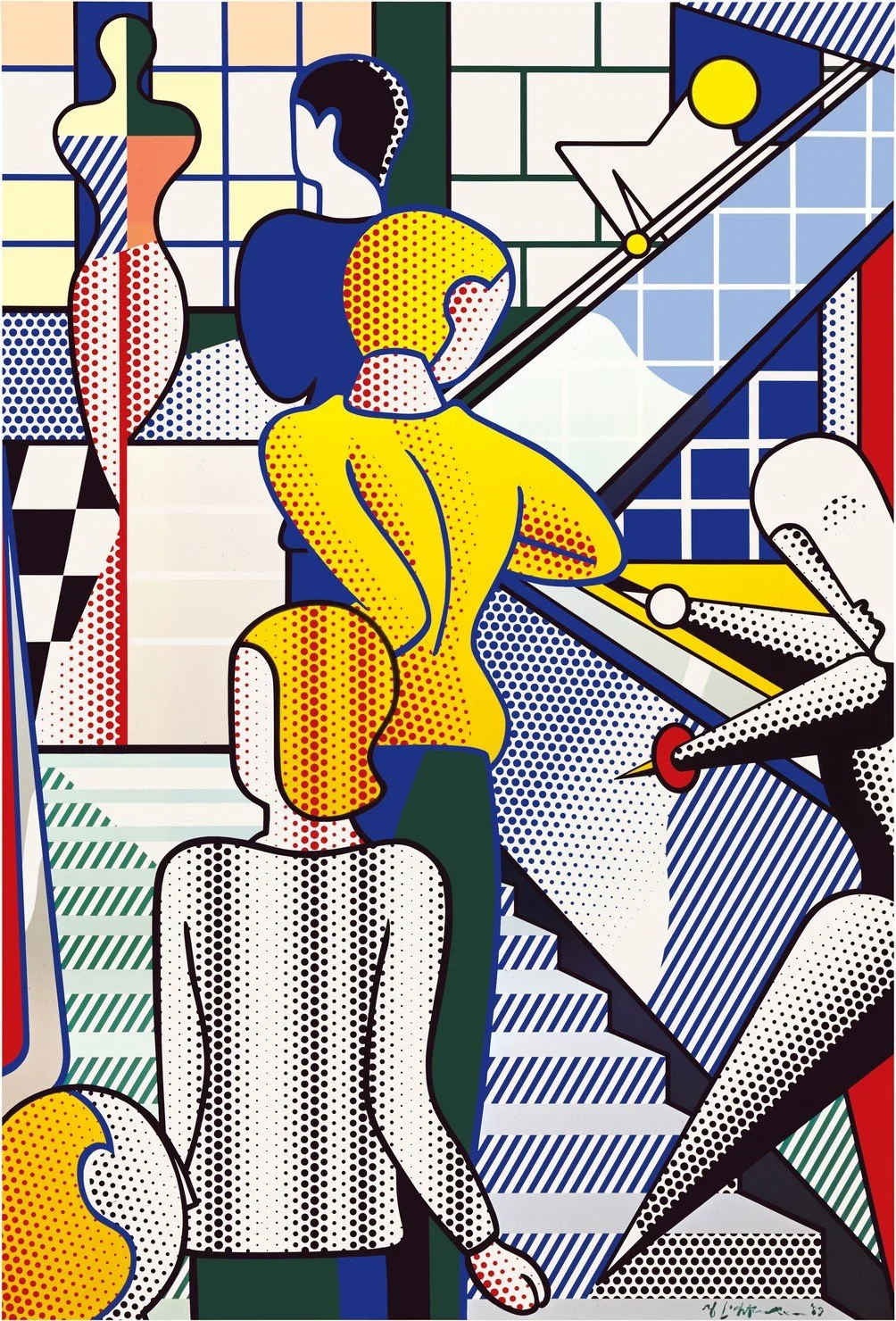Roy DeCarava
the sound i saw
New York, 34 East 69th Street
Light Break
New York, 533 West 19th Street
Over the course of six decades, DeCarava produced a singular collection of black-and-white photographs that combines formal acuity with an intimate and deeply human treatment of his subjects. His pioneering work privileged the aesthetic qualities of the medium, providing a counterpoint to the prevailing view of photography as mere chronicle or document and helping it to gain acceptance as an art form in its own right.
Image: Roy DeCarava, Club audience at intermission, 1958 (detail)
Having trained as a painter and draftsman, DeCarava began working with the camera in the mid-1940s, seeking an inclusive artistic statement for the culturally diverse uptown Manhattan neighborhood of his Harlem youth. Working without assistants and rejecting standard techniques of photographic manipulation, DeCarava honed his printing technique to produce rich tonal gradations, enabling him to explore a full spectrum of light and dark gray values more akin to a painterly mode of expression. Relying on ambient light and a point of view that neither monumentalizes nor sentimentalizes his subjects, he was able to produce a highly original oeuvre that carries significant visual and emotional meaning.
On view at the gallery uptown will be a selection of photographs from the sound i saw, DeCarava’s unwavering exploration of the relationship between the visual and the aural. Created between the mid-1940s and 1960 and first assembled as an artist book, it has never before been exhibited in its original form. This work delivers musicians, those known and unknown, including Ornette Coleman, John Coltrane, Duke Ellington, Billie Holiday, and others in their milieu, into a sound and a sense rarely seen in visual arts. These figures are glimpsed both mid-set and off-stage in moments of repose, emphasizing their status not as musical icons, but as people deeply engaged in the everyday process of living.
Roy DeCarava, Curved branch, 1994 (detail)
Presented in Chelsea, Light Break features a dynamic survey and range of images that underscores DeCarava’s subtle mastery of tonal and spatial elements across a wide array of subject matter. Spanning the years 1948 to 2006, the photographs in the exhibition—including a number of images that have never been seen before—provide an introduction to the artist’s singular vision, particularly his ability to see with great sensitivity into people and to find a complexity of relationships that coincide with our lives.








